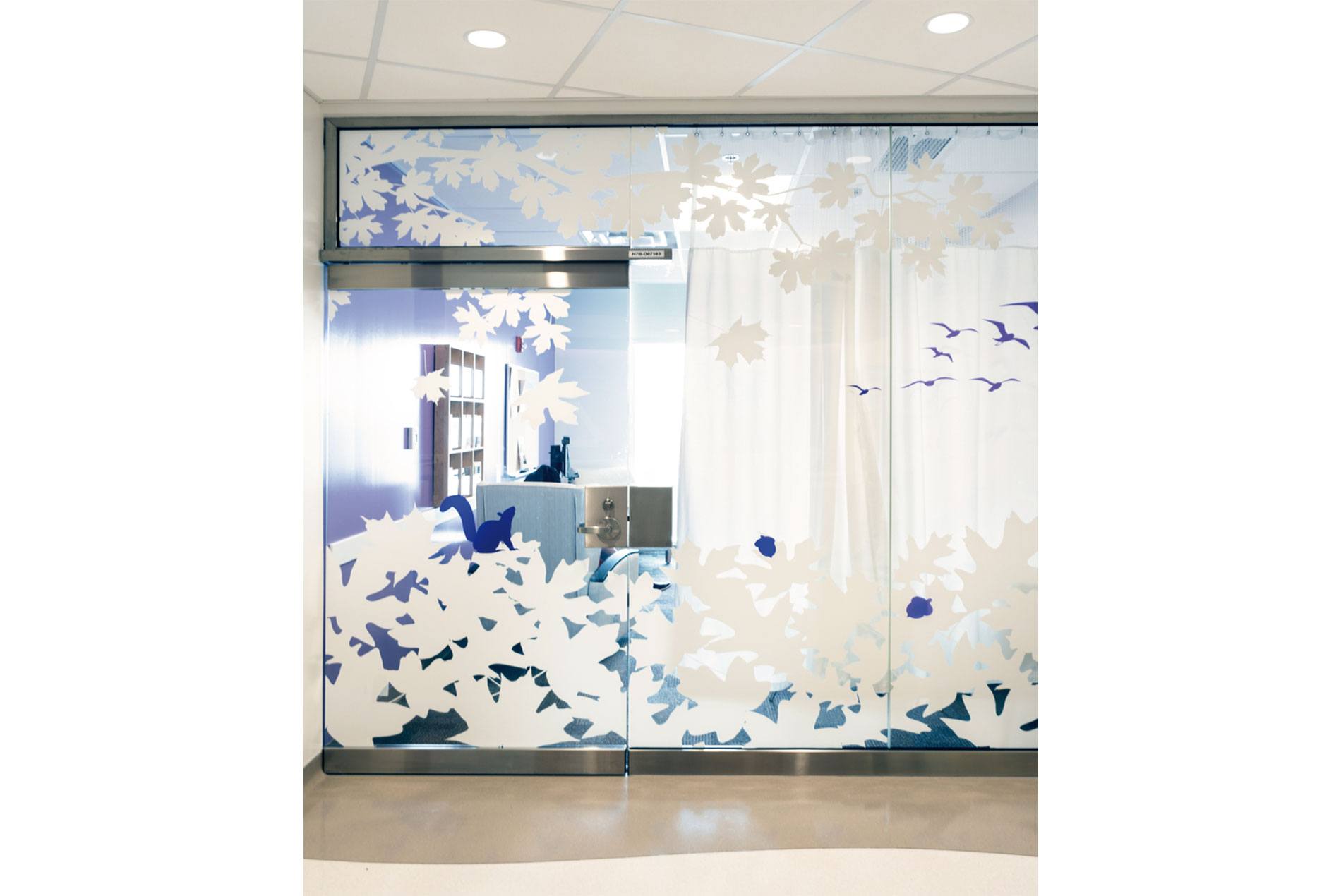People whose brains function in ways that diverge from society’s dominant standards can have a range of conditions including ADHD, autism, dyspraxia and dyslexia. Many react to sensory stimuli in the space around them in different ways, ranging from hypo- to hypersensitive. These children are more likely to have concurrent health issues and spend more time in healthcare facilities. Autistic children, for example, are more likely to experience GI disorders, epilepsy and chronic sleep problems.
Mental health issues including anxiety and depression are also more likely to impact these children. The pandemic took a heavy toll by disrupting their routines and elevating stress levels.
Inclusive Design
The most effective design strategies for a neurodiverse population give people plenty of choices, reduce sensory stimulation levels and simplify the healthcare experience.
These strategies prioritize:
- Clarity (minimizing visual clutter and activity)
- Repetition
- Predictability
- Clear sightlines and wayfinding
- Access to the outdoors
Control Over the Environment
While lighting, noise and temperature levels may only have minor impacts on neurotypical patients, they can cause major disruptions for children who are hypersensitive to those stimuli.
Giving children more control over their immediate environment can help them deal with the stress of a visit to the doctor’s office or hospital. Design strategies include:
- Including dimmable, non-fluorescent lighting that patients can control.
- Eliminating loud devices and equipment—especially those that start automatically like automatic flush valves on toilets, electric hand dryers, paper towel dispensers, overhead paging systems and touchless doors.
- Placing and allowing for individual temperature controls in each room.
Calming Spaces
Strategies for designing calming pediatric healthcare spaces include:
- Providing pet therapy zones and sensory-friendly, low-stimulation rooms and play spaces.
- Many pediatric patients are comforted by a sense of enclosure not found in traditional patient rooms. Including movable furniture, allowing for the possibility of placing the patient bed in the corner of the room or adding an enclosed play space can be therapeutic.
- Using bariatric patient beds in children’s rooms can provide extra space for a parent to lie in the bed next to an anxious child.
- Including rocking and swinging therapeutic seats in their rooms can help children relax.
- Children who are hypersensitive to stimuli can benefit from the design of calm entry sequences and spaces that are shielded from active play areas.
- Consistent color themes and intuitive wayfinding can create a sense of calm and control for patients.

Beyond Design
Innovative operational and technology strategies also can create more positive experiences for patients and their families.
Offering pre-arrival videos, interactive character tours and even virtual reality (VR) tours can help make each visit more familiar and predictable.
Mobile apps can give care givers and children wait-time updates, help with wayfinding and provide social stories or games relating to their visit.
Interpersonal interactions with staff provoke anxiety for some children. Minimizing these encounters can ease their minds. Increased use of healthcare information technology, for example, can eliminate the need to repeatedly ask patients for the same information. This also creates a platform for patients to ask questions and express concerns in written format, which may be more comfortable for them.
Sensory stimulation tools on activity carts that move between rooms can be leveraged by child life therapists to help soothe patients receiving care.
Alternative therapies that address holistic health and wellness can be effective supplements to more traditional medical care.
Benefits for All
There is no one universal solution for the design of pediatric healthcare environments. But every patient can benefit from the clarity and flexibility that come with the thoughtful design of more inclusive environments that consider the needs of diverse populations.
Note: Neurodiversity is a term used to describe a broad range of conditions, some of which likely will be unresponsive to design solutions. HOK’s approach to inclusive design is based on our experience as designers and architects with the objective of providing a wide range of options for users with different needs. Any attempt to address the needs of neurodiverse individuals should also include review of human resources policies, implementation of technology solutions and building operations among other considerations. HOK does not represent that any design solution discussed in this publication is capable of achieving any specific outcome for an individual user.